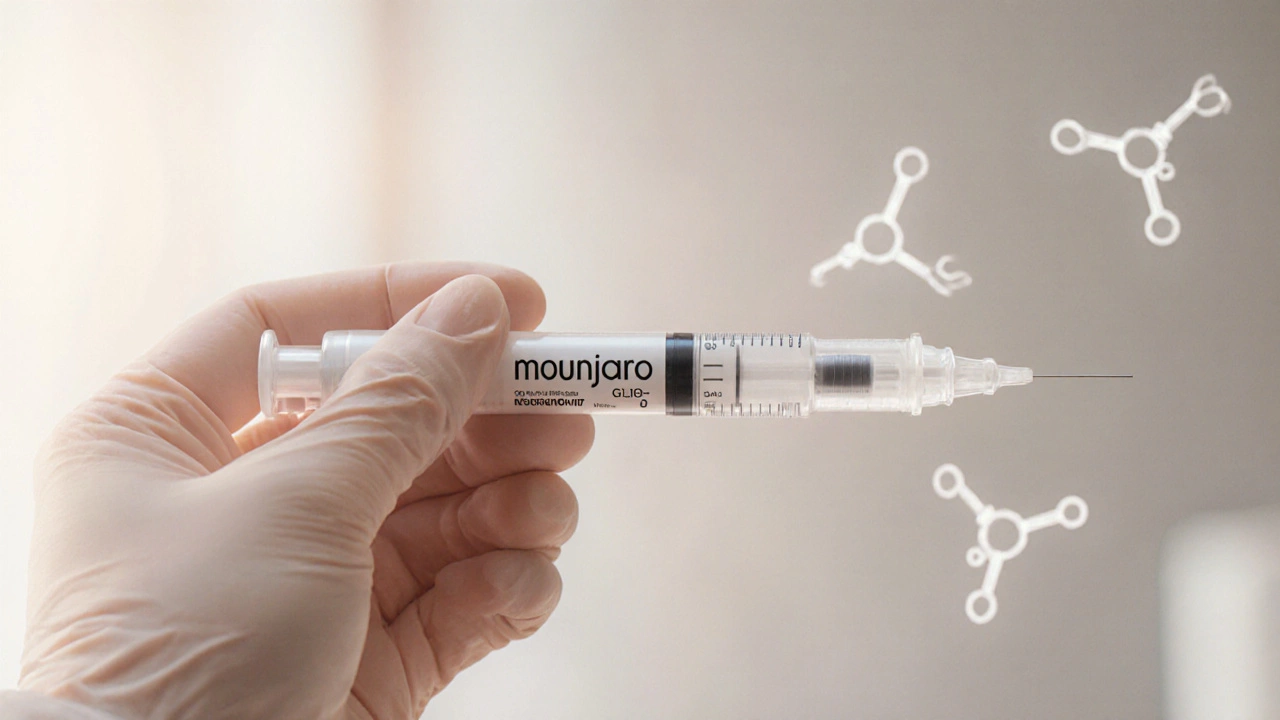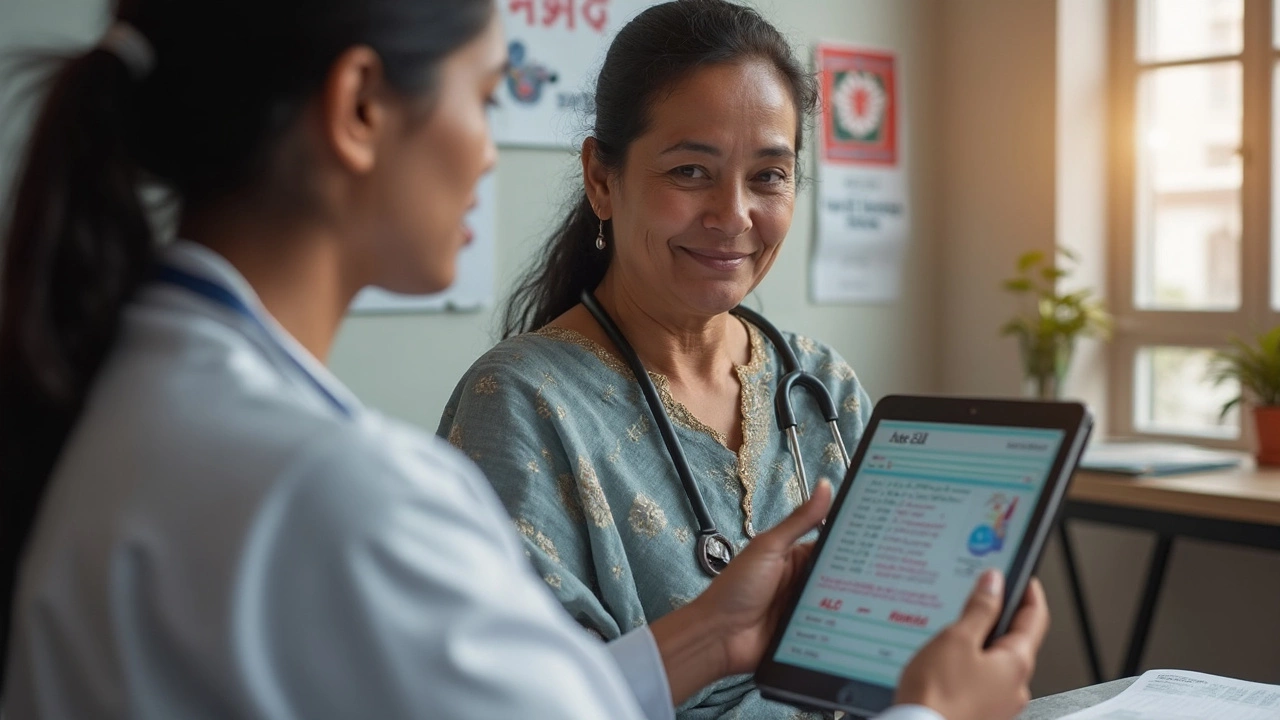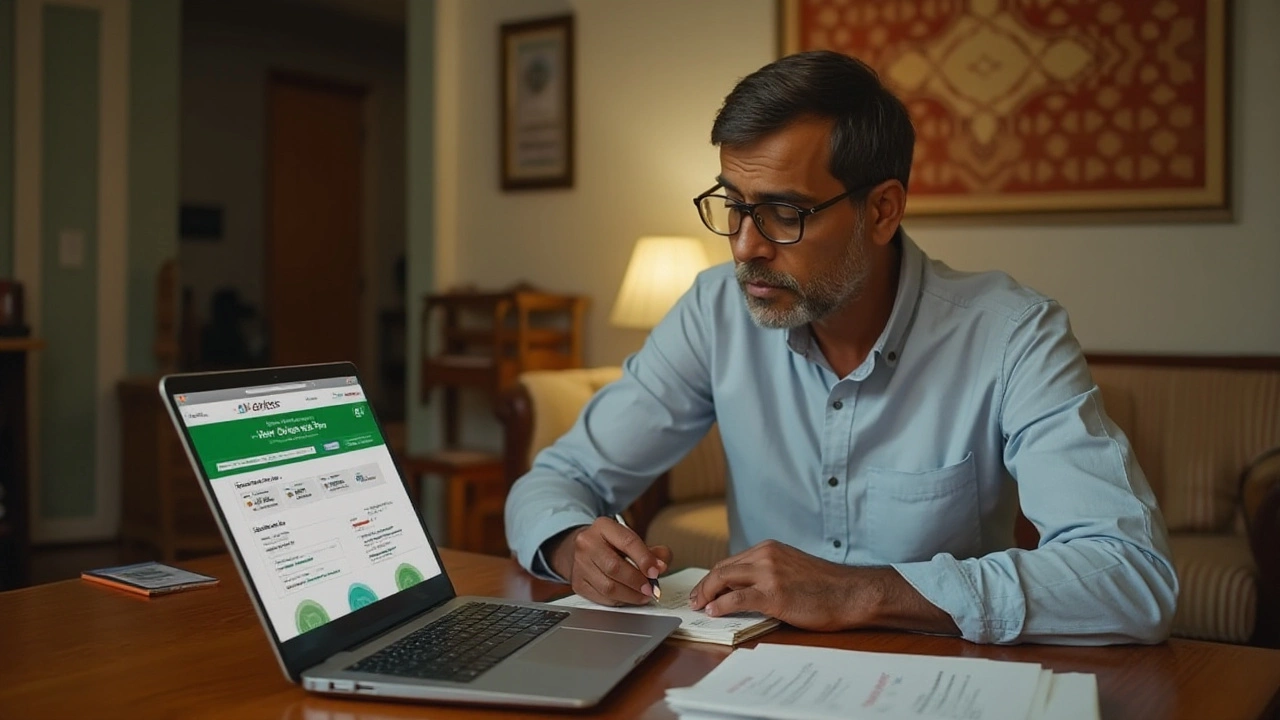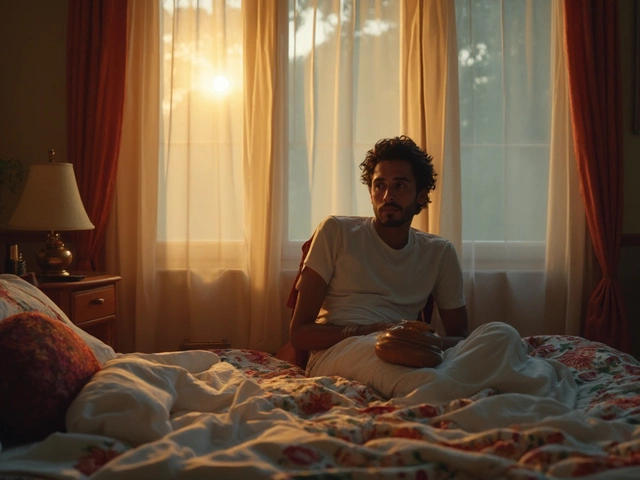Prescription Drug Safety: Essential Tips for Indian Patients
Prescription medicines save lives, but they can also hide hidden dangers. In India, varying regulations and a flood of generic brands mean you might end up with a drug that looks fine on paper but contains harmful additives. This guide breaks down the biggest risks and gives you clear actions to keep your treatment safe.
Common Prescription Risks in India
First, many people don’t realize that not every prescription pill is created equal. A single drug can be sold under multiple brand names, each with a slightly different formulation. Some manufacturers add preservatives or fillers that trigger allergic reactions, especially for people with sensitive stomachs. In addition, counterfeit medicines still slip through the cracks, leading to sub‑therapeutic doses or even toxic contaminants.
Second, side effects are often downplayed on the label. In the rush to get relief, patients ignore the fine print about liver toxicity, kidney strain, or heart rhythm changes. For example, certain painkillers marketed as “safe for chronic use” can cause serious gastric bleeding if taken without a doctor’s monitoring. Knowing these red flags helps you ask the right questions at the pharmacy.
How to Protect Yourself from Toxic Medications
Start by double‑checking the manufacturer’s name and batch number on every prescription bottle. A quick online search can confirm whether the producer has a history of recalls or quality warnings. If you spot a brand you haven’t heard of, ask your pharmacist for an alternative that’s well‑established.
Next, keep a personal medication log. Write down the drug name, dosage, timing, and any new symptoms you feel. This simple habit makes it easier to spot patterns, like a sudden rash after starting a new antibiotic, and lets your doctor adjust the treatment before things get worse.
Don’t skip the conversation with your doctor. Ask specifically about long‑term risks, especially if you’re on multiple prescriptions. Mention any over‑the‑counter supplements or herbal remedies you use—these can interact with prescription drugs and increase toxicity. A brief check‑in can prevent serious complications down the road.
Finally, trust reputable pharmacies. Chains that follow the Indian Pharmacopeia standards usually have stricter quality checks than small local stores. If a price seems too good to be true, it probably is, and the medication may be counterfeit.
By staying alert, asking questions, and keeping records, you turn your prescription into a safe tool rather than a hidden hazard. Remember, the right information is your best defense against toxic medicines.

Mounjaro for Weight Loss: Prescription Guidelines & Risks
Explore whether Mounjaro can be prescribed for weight loss, its dosing, benefits, risks, and how Indian clinics use it to help patients lose weight safely.

A1C Levels for Ozempic: What You Need to Know
Wondering what your A1C needs to be to get prescribed Ozempic? This article explains the exact A1C threshold doctors look for, what Ozempic is for, and the steps involved if you want to get a prescription—especially through an online pharmacy. Get real-life tips on how to talk to your doctor and what medical records you’ll need. Find out what matters most if you’re thinking about Ozempic for diabetes or weight loss.

How to Qualify for Ozempic at an Online Pharmacy
Navigating the process of qualifying for Ozempic through an online pharmacy can be daunting, especially without clear information. This article delves into understanding the medication's purpose, qualification requirements, consultation process, and tips on ensuring a safe online purchase. From managing diabetes Type 2 to consulting with a healthcare provider virtually, every detail matters in accessing this medication. Consider every factor essential for an informed journey to obtaining Ozempic safely and effectively.

Is ADHD Really a Mental Illness?
Apr, 11 2025



